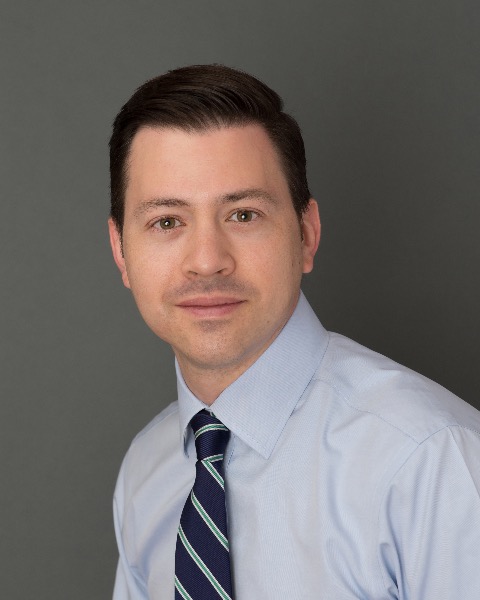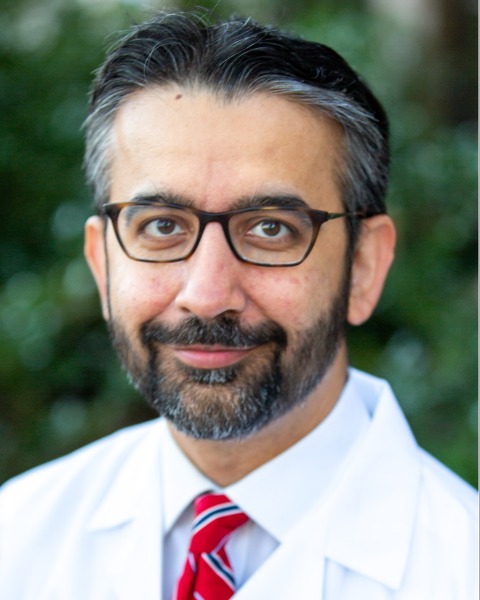Interventional Oncology
To determine the relationship of tumor absorbed dose with microsphere distribution/mL using PET/CT derived tumor to normal ratio (T:N) in HCC patients treated with 90Y radiation segmentectomy.

Muhammad Saad Malik, MD
Post-doctoral Research Fellow
Beth Israel Deaconess Medical Center | Harvard Medical SchoolDisclosure information not submitted.

Nhi H. Vo, MD
Resident
BIDMC
Muhammad Mohid Tahir, MD (he/him/his)
Postdoctoral Research Fellow
Beth Israel Deaconess Medical Center- AP
Anthony Parker, MD, PhD
Associate Professor of Radiology
BIDMC 
Jeffrey Weinstein, MD, FSIR
Assistant Professor of Radiology
Beth Israel Deaconess Medical Center- MA
Muneeb Ahmed, MD, FSIR
Professor of Radiology
Beth Israel Deaconess Medical Center/Harvard 
Ammar Sarwar, MD FSIR (he/him/his)
Associate Professor of Radiology
Beth Israel Deaconess Medical Center
Poster Presenter(s)
Author/Co-author(s)
Determine relationship of tumor absorbed dose with microsphere distribution/mL using PET/CT tumor to normal ratio (T:N) in HCC patients treated with 90Y radiation segmentectomy.
Materials and Methods:
Consecutive HCC patients from 1/2018 to 7/2022 having PET/CT after TARE (108) with resin in <2 segments (56) & 3-month treatment response (48) were retrospectively studied at a single, tertiary hospital. Prescribed activity & prescribed tumor absorbed dose (pTAD) was based on the 99mTc MAA dosimetry (PD). Area segmentation on PET/CT was contoured using MIM SurePlan Liver & dose delivered to 50, 70, & 95% of tumor (D50, D70, D95) was derived from dose volume histograms. Sphere distribution was based on single dose size containing 3.0 GBq.
Spherestotal = (𝐴𝑐𝑡𝑖𝑣𝑖𝑡𝑦𝑡𝑜𝑡𝑎𝑙 [𝐺𝐵𝑞])/(3−𝑑𝑎𝑦 𝑃𝑟𝑒−𝑐𝑎𝑙 𝑉𝑖𝑎𝑙 [𝐺𝐵𝑞]) 𝑥 44 𝑚𝑖𝑙𝑙𝑖𝑜𝑛
Spherestumor = (𝑆𝑝ℎ𝑒𝑟𝑒𝑠 𝑇𝑜𝑡𝑎𝑙)/(𝑇𝑎𝑟𝑔𝑒𝑡 𝑉𝑜𝑙𝑢𝑚𝑒 [𝑐𝑐]) 𝑥 𝑇𝑢𝑚𝑜𝑟 𝑉𝑜𝑙𝑢𝑚𝑒[𝑐𝑐] 𝑥 𝑃𝐸𝑇−𝐶𝑇 𝑇:𝑁
3-month imaging to assess objective response (OR) using mRECIST. Median reported for continuous variables, & unpaired T-test was done on a per tumor per treatment basis.
Results:
A total of 48 tumors (48 treatments) in 44 patients (71 years) were analyzed. 90% had cirrhosis, with MELD of 9 ± 4, & size of 3.4 cm (1.9-4.7). <90% prescribed activity delivered in 29% (14/48) & ≥90% in 71% (34/38) of tumors. 73% (35/48) had OR. Tumors with OR were smaller on PET/CT (19 vs 76 mL, p< 0.01). Spheres to target & tumor were 7.1 x 106 (20,469 spheres/mL) & 1.3 x 106 (54,889 spheres/mL). No difference seen in tumor spheres/mL between ≥90% vs 90% activity group (54,881 vs 56,737, p=0.54). Tumors with OR had more spheres/mL than those without (61,826 vs 31,445, p=0.22). A significantly positive relationship existed between D50 & tumor spheres/mL (r [46] = .898, p < .001). There was significant difference in tumor sphere/mL between specific ranges for D50: 20-100 Gy (17,578 [13,777-28,596]), 100-200 Gy (31,701 [26,766-39,498]), 200-300 Gy (64,745 [54,550-90,529]), & 300-500 Gy (102,997 [72,815-172,456]), p< 0.001). Tumors with ≥100k spheres/mL (vs < 100k) had higher D50 (475 vs 173 Gy, p< 0.001), D70 (344 vs 120 Gy, p< 0.001), D95 (125 vs 55 Gy, p< 0.001). Tumors ≥50k spheres/mL (vs < 50k) had higher D50 (280 vs 136 Gy, P< 0.001), higher chance of >200 Gy D50 (88% vs 5%, p< 0.001) & higher OR (88% vs 55%, p< 0.05). Tumors ≥45k spheres/mL achieved 200 Gy in 88% of cases, & OR in 88% of treatments.
Conclusion:
A positive relationship existed between D50 & tumor spheres/mL. ≥45k spheres/mL had a higher chance of achieving OR.

.png)
.jpg)
.png)
.png)
.jpg)
.png)
.jpg)
.png)
.png)